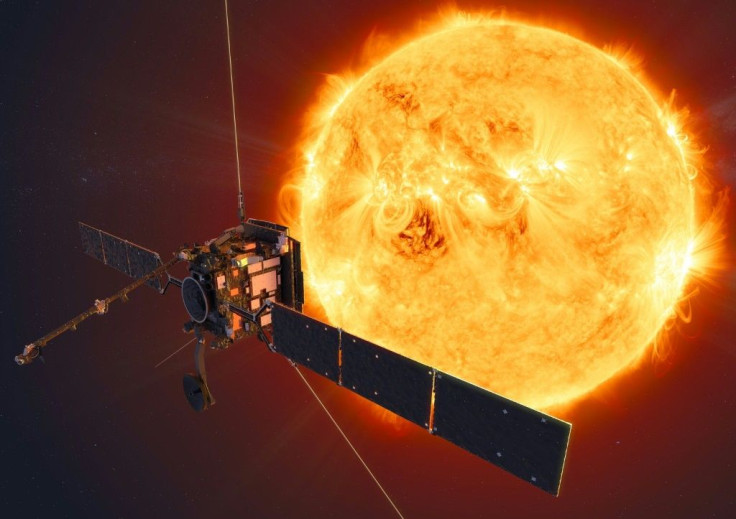ESA Needs Name Suggestions For Its New Mission
KEY POINTS
- The ESA is asking for name suggestions for its new mission
- The contest is already open and will keep accepting submissions until October
- The mission aims to help protect Earth by keeping an eye on solar activity
Ever dreamed of naming an official spacecraft? You can help name the European Space Agency's (ESA) spacecraft for its new mission.
The ESA has a new mission to study all-important space weather, and it's looking to give the spacecraft for the mission a nice new name, the agency said in a news release. The spacecraft is currently called "Lagrange," but the ESA is asking the public to submit name suggestions for it.
People from certain countries may now send their submissions for the contest, which started Monday and will remain open until Oct. 17 at 12:00 CEST.
"The contest is open to nationals of ESA Member, Cooperating and Associate States; the European Union; Argentina, Australia; and, ISS partner countries," the ESA noted in its rules.
Even minors may submit their suggestions, provided that they have a signed parental permission form. Each email address can only submit one entry, so think hard before sending anything.
We're preparing to launch an exciting new spacecraft, but we need your help to #NameTheMisson!
— ESA Operations (@esaoperations) May 17, 2021
This one-of-a-kind #spaceweather mission will help protect life in space & infrastructure on Earth from the Sun🌞
More info/enter naming contest👉https://t.co/Ml2ClSeOmj#SpaceCare pic.twitter.com/Btf3XJ4XDk
When you submit a name, make sure that it has not been used for a previous mission, whether from the ESA or some other organization. Moreover, it should not be a proper noun and it should not infringe on any copyright or trademark.
Entries that contain any special symbol or are more than three words won't be accepted. Most importantly, it should reflect the mission's goals, the ESA said.
The winner will be selected by October. Apart from having named an ESA spacecraft, the chosen winner will also receive a voucher for the agency's Space Shop. If more than one person submits the winning name, the first one to submit will be declared as the winner.
The unnamed mission's goals
As mentioned, the mission aims to study space weather. Specifically, it aims to spot "potentially hazardous solar storms" before they even reach the Earth. A "first-of-its-kind" mission, the spacecraft will have a unique "side view" of the sun where it can spot solar activity.
Solar outbursts have the potential to affect the technological systems people largely rely on today. This is why agencies such as the ESA and NASA are working to have a better understanding of space weather so that they can issue warnings for potentially risky solar activity in advance.
In April, for instance, the National Oceanic and Atmospheric Administration (NOAA) issued a geomagnetic storm warning on Earth following a coronal mass ejection from the sun.
"This mission will make us safer and help protect crucial civil infrastructure – like power grids and navigation and telecommunication satellites – but we haven't got a proper name for it (yet)!" the ESA said. "ESA invites you to send us your best and liveliest proposed mission names."

© Copyright IBTimes 2024. All rights reserved.






















